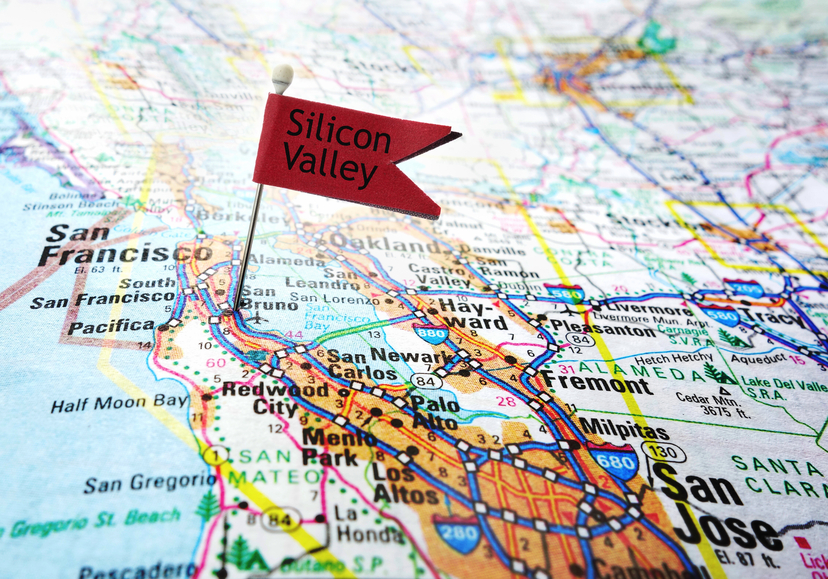State and local governments are currently living in an era of great change. Right now, many governments are finding the needs of their communities are exceeding their state and local government’s ability to deliver.
In order to adapt, government agencies need to think differently about how they deliver services, particularly through the use of technology. Looking to the future, three big themes emerge where smart solutions will come into play: livability, workability, and sustainability.
In the opening keynote for the 3rd Annual State and Local Government Innovators Virtual Summit, Dr. Jonathan Reichental, Chief Information Officer, Palo Alto, California, talked about how we need to put smart technology into action to meet the needs of the future.
One of the reasons we need to think about cities and states differently is that the demographics of those communities are changing. “We are living on a planet where the majority of residents (3.6 billion) live in urban environments,” said Dr. Reichental. And that number will only continue to grow; estimates found that in 15 years, urban populations will grow by an additional two billion. “Cities are where we will spend our lives and where our children will spend their lives. We need to make some significant changes to make sure those communities are livable, workable and sustainable. We need to be co-creators of the future.”
In order to embrace government evolution, cities and states will need to rely on technology. Now and in the future, citizens want government services at their fingertips. “We need to bring services to where the people are. We need smart and connected communities,” explained Dr. Reichental.
The City of Palo Alto is already investing in mobility with its Palo Alto 311 application. The service allows citizens to report issues like potholes or traffic light malfunctions. While many cities around the country have 311 services, Palo Alto has taken it a step further. The City publishes the data received from 311 alerts to a map that anyone can access. “We can see the rhythm of the city in near real-time. By publishing the data (Palo Alto follows an open by default policy) we are not only showcasing a new way to deliver services, but also creating new ways of seeing and managing the city,” said Dr. Reichental. For example, if there are lots of potholes on one particular street the city can focus resources there.
And it’s not just citizens or the government who are taking advantage of the open data – private companies are too. Civic Insight, a data science firm, actually used Palo Alto data on permitting to creating a resource that allows residents to search by address in their community relevant city building permits. “We could have built that technology, but by opening up our datasets, we were able to save lots of time and money,” said Dr. Reichental.
Permitting is not the only service getting a digital upgrade either — trees in Palo Alto are now digital too. “In Palo Alto our urban forest is incredibly important. We have mapped our community of trees. So now residents can search on a map and locate the species, age and health of city trees. The access is helping to make our urban forest more engaging and healthily,” said Dr. Reichental.
However, these innovations and engagement don’t come easily. “We have to create incentives for people to innovate and engage,” said Dr. Reichental. In order to help with engagement, the city created the Palo Alto Apps Challenge. The Apps Challenge brought together hundreds of resident innovations to think through real challenges. What made the challenge unique was that 30 percent of the participants were under the age of 18. It was so successful that Dr. Reichental actually wrote a book on the experience. You can download a free copy here.
All of these new developments have Dr. Reichental inspired for the future. “It’s exciting to be part of this movement in government. We get to do things that are meaningful. We are so fortunate to have such an incredible impact on so many people…and even better, this is just the beginning.”
You can see the full slides from the presentation here.
